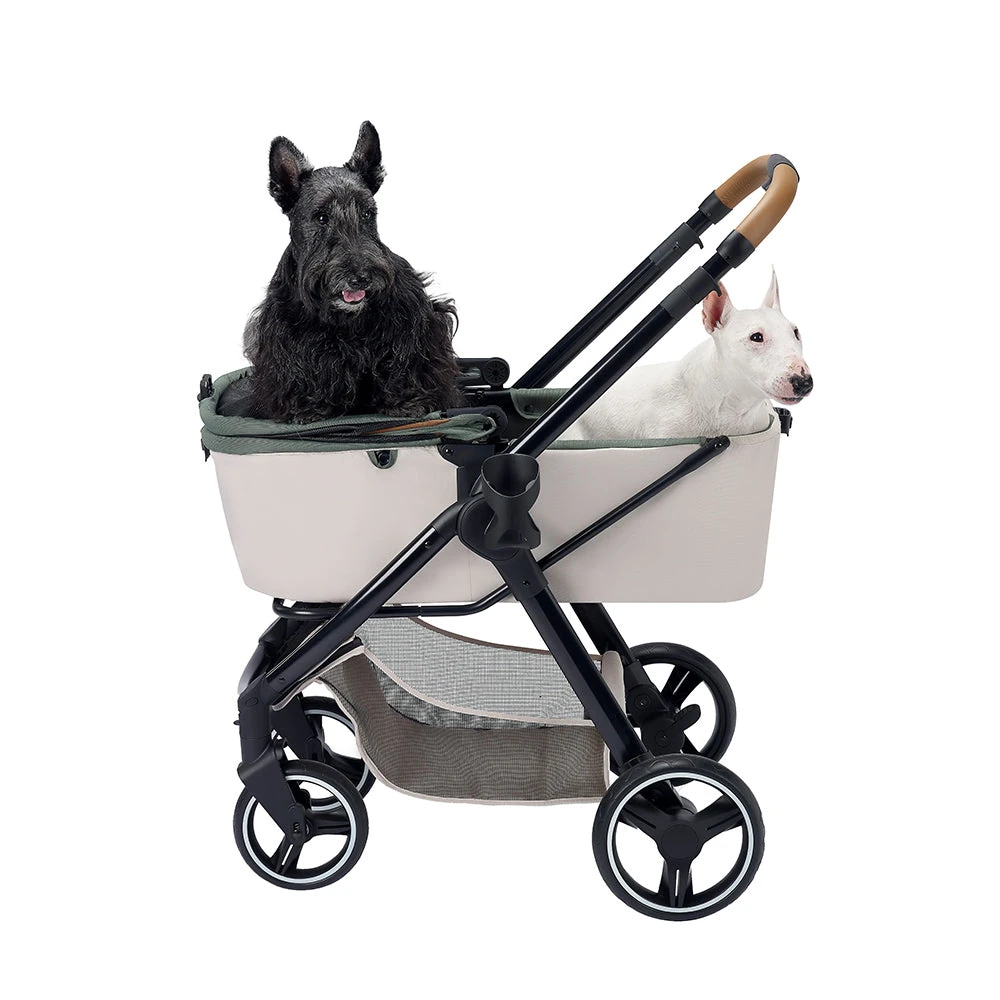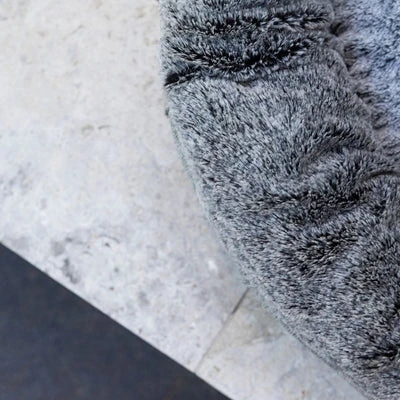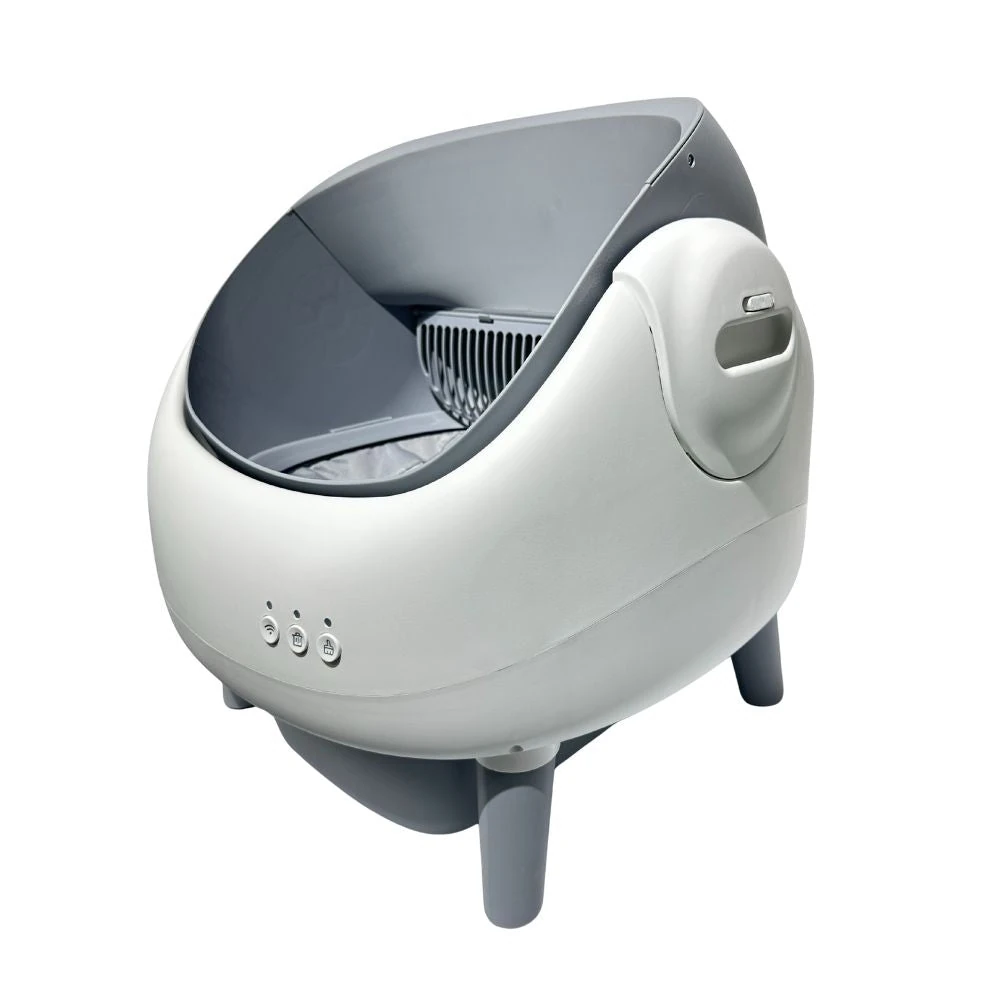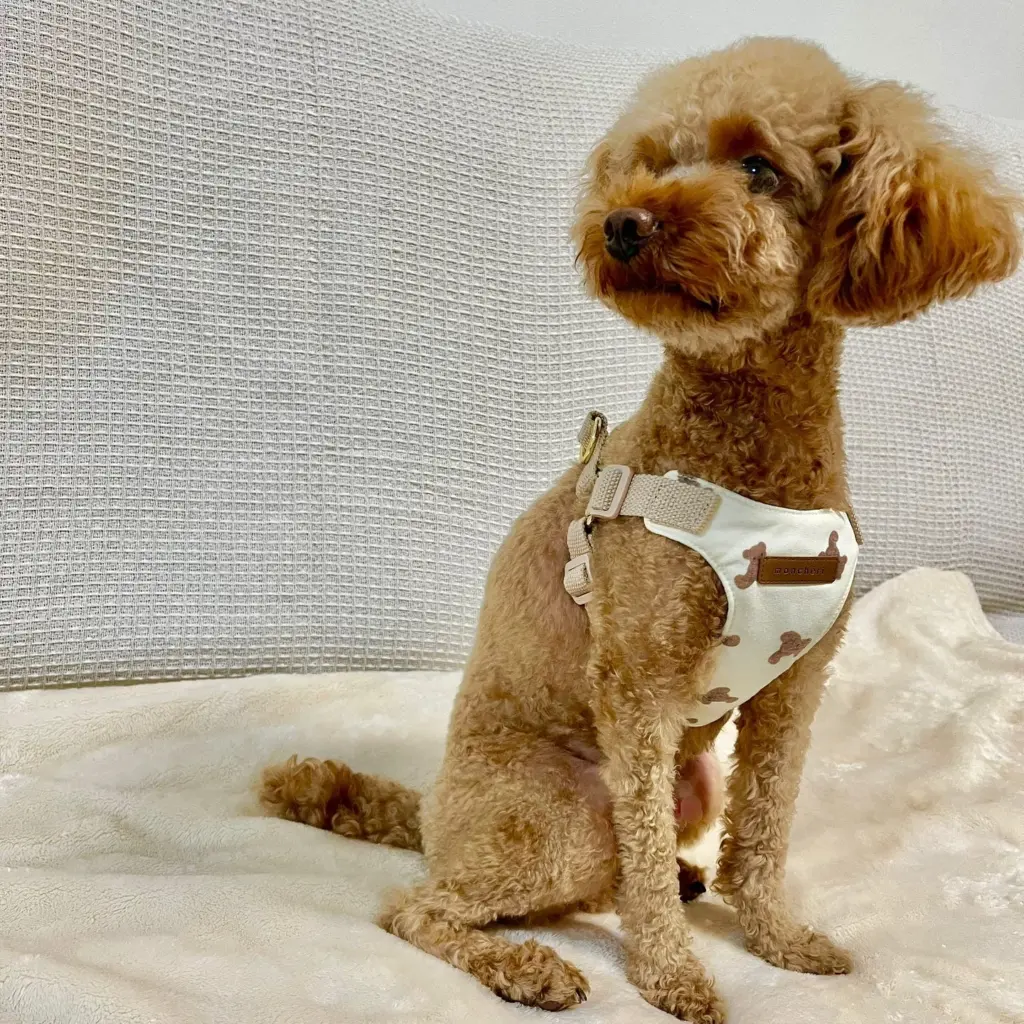Best Dog Leash Australia
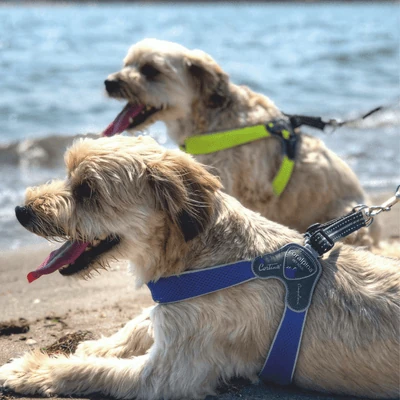
This guide focuses on helping Australian dog owners make informed decisions about leash selection, considering our unique environment with beach walks, bush trails, and strict council regulations. Whether you have a energetic kelpie needing control or a small cavoodle requiring comfort, understanding leash types and features will transform your walking experience.
Essential reminders: Always supervise your dog when using any leash, regularly inspect for wear and tear, and ensure proper fitting to prevent escape or injury. Follow local council regulations regarding leash requirements in public spaces.
Key Takeaways
- Material choice affects durability – nylon resists saltwater while leather develops patina
- Retractable leashes offer freedom but require careful handling near roads
- Standard 1.8m length suits most Australian walking scenarios
- Check hardware strength – brass snap hooks outperform plastic in heat
- Multiple attachment points provide training versatility
- Our Rigorous Testing Process For The Perfect Dog Leash
- Our In-Depth Look At Australia’s Top Dog Leads
- Where Will Your Best Dog Leash Take You? Real-Life Adventures Await
- Your Guide to Safe and Smart Dog Leash Shopping in Australia
- Your Guide to Choosing the Perfect Dog Leash in Australia
- Your Step-by-Step Guide to Finding the Perfect Dog Leash
- Your Top Questions on Finding the Best Dog Leash in Australia, Answered
- Our Top Picks for Australia’s Best Dog Leash
Content Table:
Our Rigorous Testing Process For The Perfect Dog Leash
Our assessment methodology combines multiple data points to provide Australian dog owners with reliable guidance. We analyse manufacturer specifications, material composition details, general retail performance patterns across Australian pet stores, and common feedback from local dog owners. Recent 2025 industry observations suggest Australian pet owners increasingly value products that withstand our unique climate conditions while providing practical functionality.
The evaluation framework focuses on five critical areas that matter most to Australian dog owners. Material durability examines how well leashes withstand sun exposure, saltwater at beaches, and general wear from active dogs. Length and handle comfort assess whether the leash provides adequate control while remaining comfortable during extended walks through suburbs or parks. Hardware quality evaluates the strength and corrosion resistance of clips and attachments, particularly important in coastal areas.
Safety features consider reflective elements for evening walks and secure locking mechanisms. Finally, versatility examines how well the leash adapts to different scenarios – from busy footpaths to off-leash area transitions. This multi-faceted approach helps identify products that deliver genuine value rather than just appealing aesthetics.
Australian-specific factors heavily influence our assessment. The intense UV exposure means we prioritize materials that resist fading and degradation. Our varied terrain from beach to bush requires leashes that perform reliably across environments. Local council regulations regarding leash lengths in public spaces also inform our recommendations, ensuring owners remain compliant while enjoying their walks.
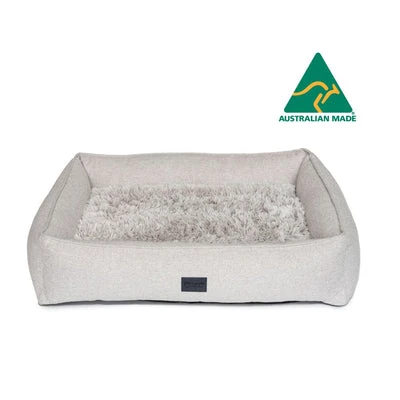
Our In-Depth Look At Australia’s Top Dog Leads
Materials & Construction Quality
The foundation of any reliable leash lies in its material composition and manufacturing standards. Nylon remains the most popular choice among Australian dog owners due to its excellent strength-to-weight ratio and resistance to moisture, though some users find it can cause rope burn if pulled quickly through hands. Polyester offers similar durability with less stretching, making it preferable for dogs that pull consistently.
Leather leashes develop a beautiful patina over time and become more supple with use, but require regular maintenance to prevent cracking in Australia’s variable climate. Biothane represents a modern synthetic alternative that combines leather’s aesthetic appeal with waterproof durability and easy cleaning – particularly valuable after beach visits or muddy park adventures.
Construction techniques significantly impact longevity. Welded versus stitched endpoints, reinforced stress areas, and the quality of stitching per inch all contribute to how well a leash withstands daily use. Australian conditions demand particular attention to UV resistance in materials and coatings to prevent premature deterioration from our intense sunlight.
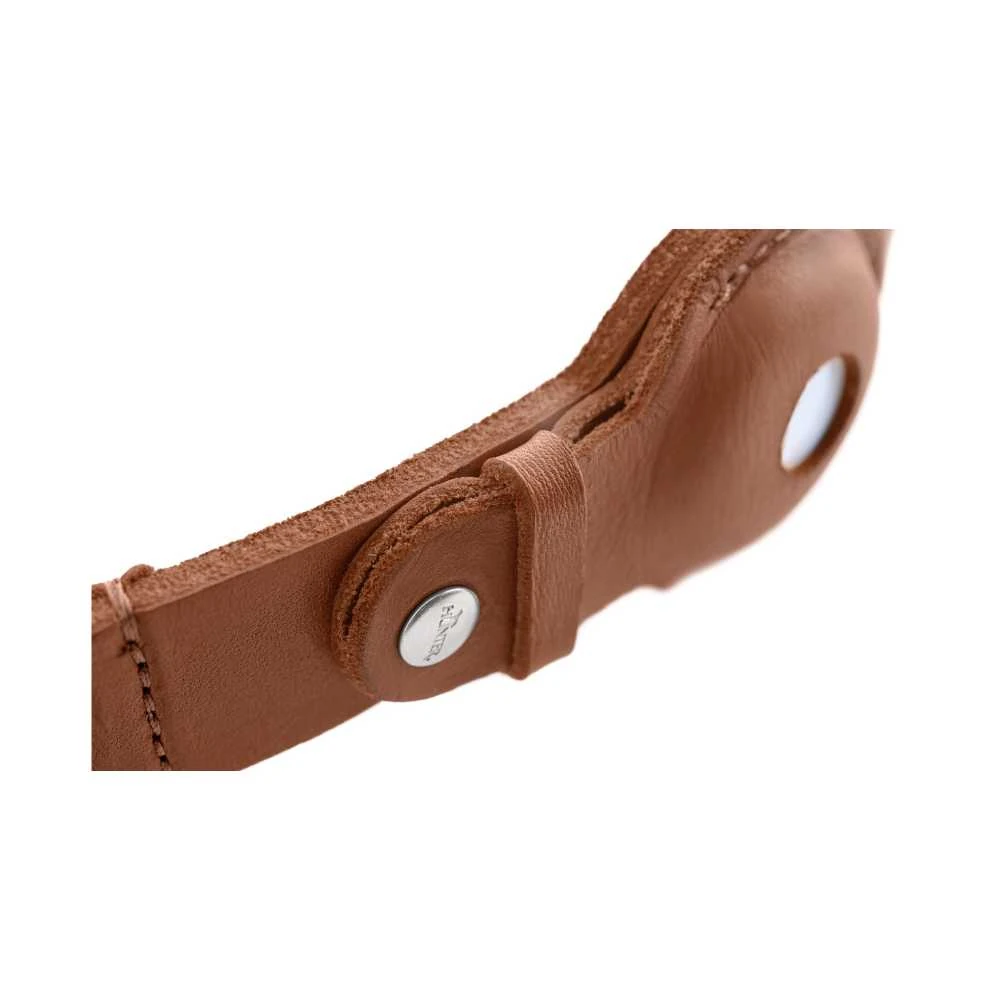
Hardware & Attachment Mechanisms
The hardware components often determine a leash’s safety and reliability more than the material itself. Snap hooks come in various styles, with bolt snap designs generally providing more secure closure than trigger snaps, though they may require slightly more effort to operate. The size and strength of the spring mechanism inside snaps crucially affects both ease of use and security.
Material choices in hardware matter significantly in Australian conditions. Brass and nickel-plated brass resist corrosion better in coastal areas, while stainless steel offers strength but may show surface corrosion if quality varies. Plastic components generally don’t withstand Australian heat well and can become brittle over time, though they’re lighter weight.
Attachment point design varies between swivel and fixed connections. Swivel clasps prevent leash twisting during walks, which is particularly beneficial for energetic dogs that circle their owners, though they introduce an additional potential failure point. Fixed attachments provide simpler, potentially more reliable connections but may require more manual untwisting during use.
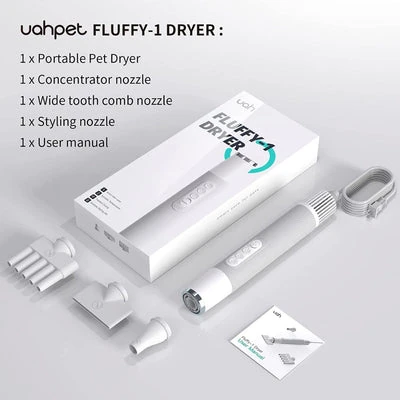
Length Variations & Control Features
Leash length directly influences both control and freedom during walks. The standard 1.8-meter length suits most Australian walking scenarios, providing adequate control on footpaths while allowing some exploration. Shorter training leads around 1.2 meters offer closer control ideal for busy areas or behavioral work, while longer lines from 3-8 meters suit recall training in open spaces.
Retractable leashes provide variable length options through internal mechanisms, granting dogs more freedom to explore while maintaining connection. However, these systems introduce complexity and potential failure points, with thin cords that can cause burns if grabbed during sudden extension. The locking mechanisms vary in reliability, with higher-quality models featuring progressive braking for smoother stops.
Handle design significantly impacts comfort during extended walks. Padded handles reduce hand fatigue, while multiple handling positions along the leash length offer versatility for different situations. Some designs incorporate traffic handles closer to the clip attachment for quick control when approaching roads or other dogs, though these additional features may add bulk and weight.
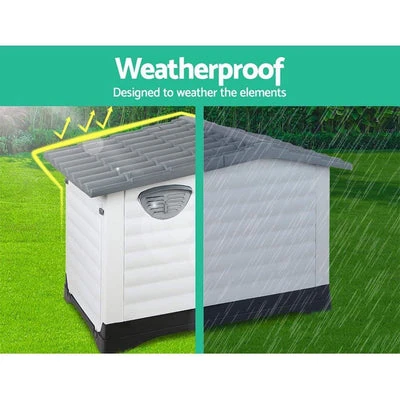
Where Will Your Best Dog Leash Take You? Real-Life Adventures Await
Australian dog owners face unique challenges when selecting equipment for their pets, from urban apartment living to rugged bush trails. The right best dog leash australia can transform daily walks from a struggle to an enjoyable bonding experience, though no single product excels in every situation.
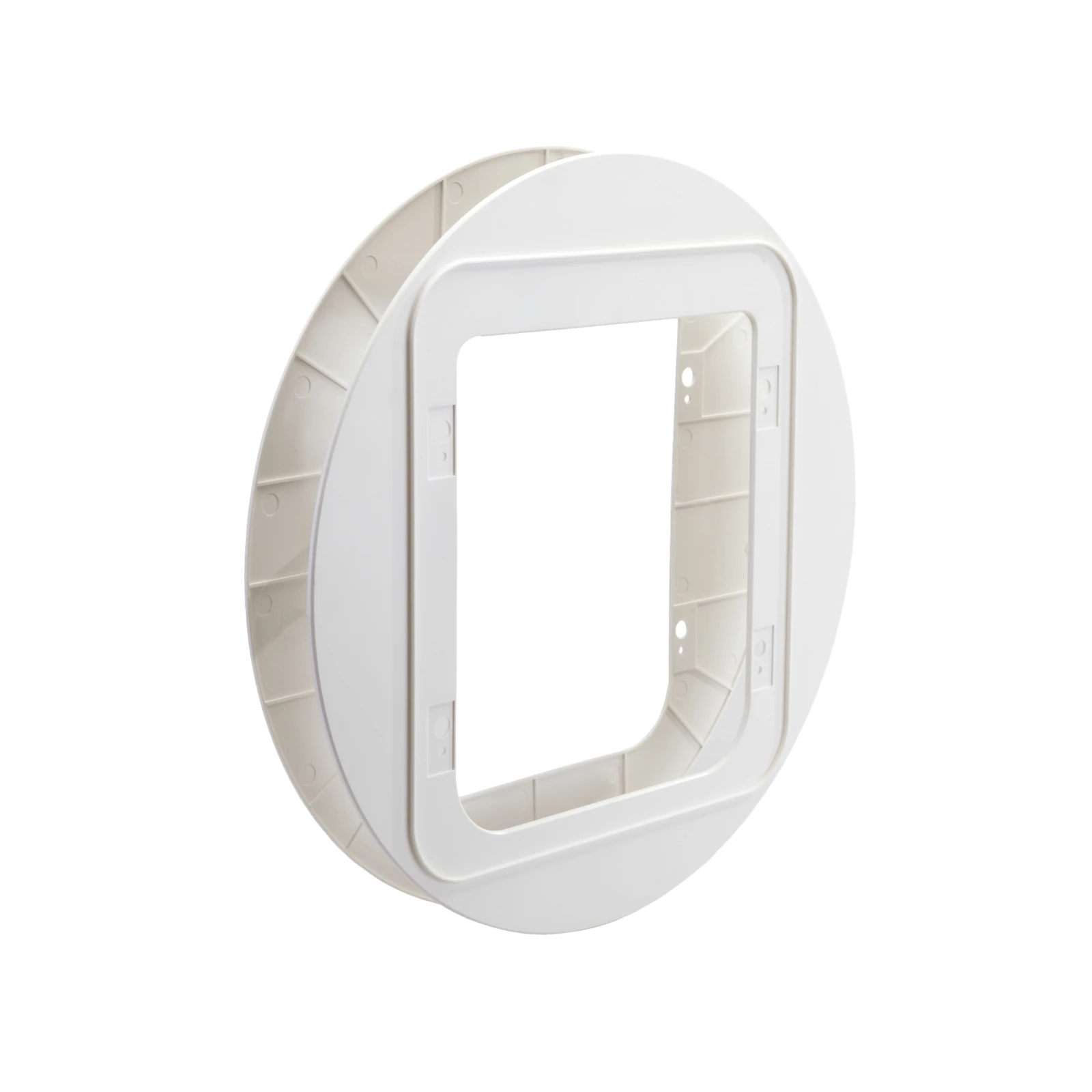
Many inner-city Melbourne and Sydney residents report that standard nylon leashes create tension during encounters with other dogs or traffic. A dual-handle design provides better control in crowded footpaths, though the extra hardware can feel bulky for smaller breeds. Retractable options offer freedom in dog-friendly parks but may not provide the instant control needed for reactive animals.
Australian outdoor enthusiasts frequently seek hands-free running leashes that allow natural movement while maintaining security. Bungee sections help absorb sudden pulls from energetic breeds like Kelpies or Border Collies, though the stretch can reduce precise control on technical trails. Many runners find waist-attachment systems comfortable for long distances but note they require training to prevent tangling.
Families managing several dogs often look for coupler systems that connect multiple pets to a single handle. This approach simplifies walks with two similarly-sized dogs but can create imbalance when pairing a small Terrier with a large Labrador. Separate traffic-handle leashes offer individual control but require more coordination during daily outings.
Current 2025 industry analysis indicates Australian dog owners are increasingly selecting equipment based on specific scenarios rather than seeking one universal solution. The material choice significantly impacts daily experience – biothane handles wet coastal conditions well but lacks the softness of leather for sensitive hands. Meanwhile, reflective elements have become essential for evening walks in suburban areas with limited street lighting.
Your Guide to Safe and Smart Dog Leash Shopping in Australia
When selecting dog equipment in Australia, understanding both safety standards and legal requirements ensures both canine welfare and owner compliance. While Australia doesn’t have mandatory leash certification, several important considerations protect both pets and people.
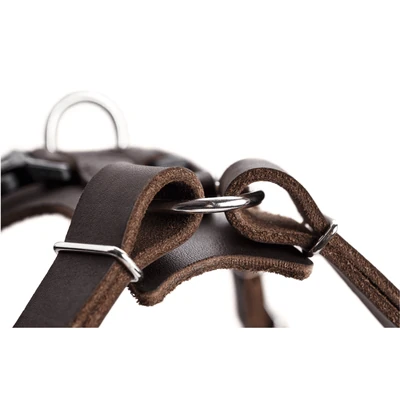
Australian consumer law requires that all pet products be fit for purpose, meaning a leash marketed for large breeds must withstand reasonable pulling force. Many retailers report that products meeting international standards like EN ISO 14186-1 typically offer more consistent performance, though this isn’t legally mandated for the Australian market.
- Examine stitching consistency and hardware quality – uneven stitching may indicate counterfeit products
- Verify brand logos and packaging against manufacturer websites
- Check for abnormally low pricing compared to authorised retailers
- Look for customer reviews specifically mentioning durability over time
- Confirm seller contact information and Australian business registration
Different Australian states maintain specific leash regulations, particularly regarding maximum length in public spaces. Most councils restrict extendable leashes to designated off-leash areas and require standard leashes not exceeding specific measurements in public places. Recent 2025 industry surveys suggest many owners overlook these municipal variations when purchasing online.
Material safety represents another consideration, with some imported products containing lead or other heavy metals in hardware components. While Australian border controls screen for obvious hazards, checking for manufacturer material declarations provides additional assurance. Nothing in this article constitutes professional veterinary advice, and if your dog shows signs of discomfort or injury from equipment, consult a qualified veterinarian immediately.
Your Guide to Choosing the Perfect Dog Leash in Australia
Choosing the right dog leash involves balancing multiple factors including your dog’s size, training level, and your typical activities. This comparison highlights how different designs serve particular needs in the Australian context.

• Standard Nylon Leash: Versatile for most situations, limited shock absorption
• Retractable Leash: Adjustable length, requires careful handling around obstacles
• Hands-Free Running Leash: Comfortable for active owners, less immediate control
• Chain Leash: Chewer-resistant, heavier and noisier during movement
• Double-Handle Leash: Extra control points, additional hardware weight
Choose a standard leash if you need reliable everyday performance across different environments. The simple design works well for basic obedience and casual walks, though it offers limited features for specialized activities. Many Australian dog trainers recommend starting with a quality standard leash before investing in specialized options.
Consider a hands-free model if you regularly run or hike with your dog. The waist attachment provides comfort during extended activity, and bungee sections help manage sudden movements. However, these systems typically require training both owner and dog to prevent tangling and maintain control on busy paths.
Select a double-handle design if you need extra control points for training or managing reactive behaviors. The additional handle near the clip provides leverage for redirecting attention, though the extra hardware can feel cumbersome during relaxed walks. This style works particularly well for adolescent dogs still learning leash manners.
Opt for a retractable leash if you frequent open spaces where your dog can safely explore at varying distances. The extended range allows sniffing and investigation while maintaining connection, though the thin cord can present tangling hazards and requires careful management around other park users.
Your Step-by-Step Guide to Finding the Perfect Dog Leash
Getting Started with Your New Leash
Step 1: Initial Inspection
Before first use, examine all components including clips, stitching, and adjustment mechanisms. Check that the clip engages securely with your dog’s collar or harness. Reminder: Test the clip mechanism several times to ensure reliable operation.
Step 2: Proper Attachment
Connect the leash to the D-ring on your dog’s collar or harness, ensuring the clip fully closes. For back-clip harnesses, position the connection between the shoulder blades. Reminder: Avoid attaching to fragile or decorative collar attachments not designed for leash pressure.
Step 3: Correct Holding Position
Hold the handle firmly but without tension, keeping your arm relaxed at your side. For traffic handles, keep your secondary hand ready but not gripping tightly. Reminder: Maintain a loose leash to encourage calm walking rather than constant pressure.
Step 4: Daily Maintenance
After walks, check for dirt, sand, or moisture that could degrade materials over time. Wipe down with a damp cloth and allow to air dry completely before storage. Reminder: Regular inspection helps identify wear before failure occurs.
Step 5: Proper Storage
Store leashes unfolded or loosely coiled to prevent permanent creasing or material stress. Avoid leaving in direct sunlight or hot vehicles which can degrade synthetic materials. Reminder: Proper storage extends product lifespan significantly.
Step 6: Replacement Indicators
Replace your leash when you notice fraying, stiffening, corrosion on hardware, or difficulty with clip operation. Even high-quality leashes have finite lifespans depending on usage intensity. Reminder: Early replacement prevents unexpected failure during walks.
Step 7: Emergency Response
If your dog shows signs of discomfort, injury, or distress related to leash use, discontinue use immediately and consult your veterinarian. Never continue using equipment that causes visible rubbing, hair loss, or behavioral avoidance. Reminder: Your dog’s comfort and safety should always take priority over equipment usage.
Your Top Questions on Finding the Best Dog Leash in Australia, Answered
What should I expect to pay for a quality dog leash in Australia?
Quality leashes typically range from $25 to $80 depending on materials and features. While budget options exist, investing in durable materials and reliable hardware generally provides better value through extended product life, though the highest price doesn’t always guarantee perfect suitability for your specific situation.
How long should a dog leash typically last?
With proper care, most quality leashes should provide reliable service for 1-3 years depending on usage frequency and conditions. Heavy daily use with a strong puller will understandably shorten lifespan compared to occasional gentle walks, and regular inspection helps identify when replacement becomes necessary.
What’s the difference between standard and training leashes?
Training leashes typically offer additional control features like multiple handles or specific lengths for obedience exercises, while standard leashes focus on straightforward walking functionality. Training designs provide more manipulation options but may feel overly technical for casual daily use.
How can I verify I’m purchasing an authentic product?
Purchase from authorised Australian retailers with clear return policies and contact information. Check product reviews specifically mentioning long-term durability, and be cautious of prices significantly below market averages, which may indicate counterfeit products with potential safety compromises.
Are there specific regulations I should know about?
Australian leash regulations vary by council regarding maximum lengths and where different types can be used. Always check local requirements, particularly for retractable models, and ensure any equipment meets general product safety standards under Australian Consumer Law.
Our Top Picks for Australia’s Best Dog Leash
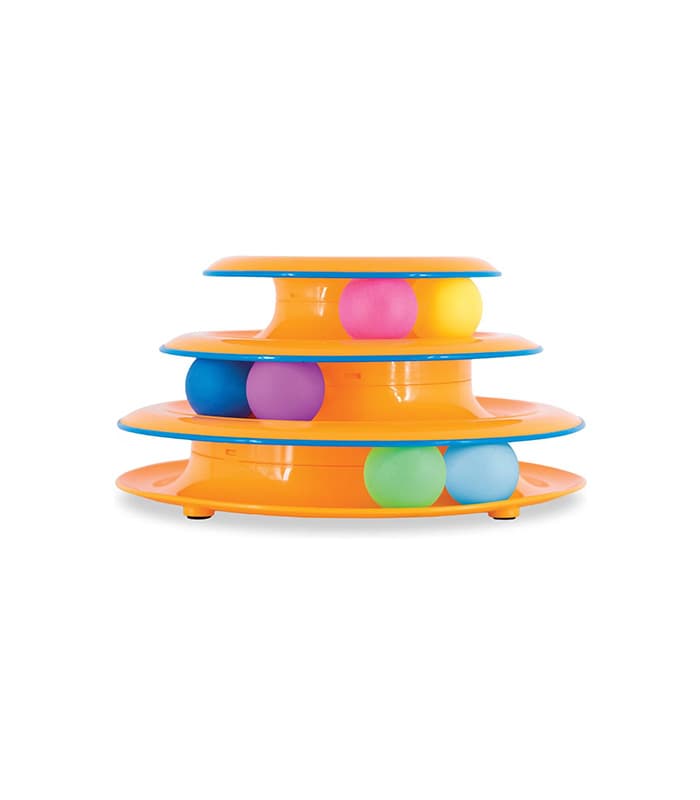
- Match leash type to your primary activities and environments
- Consider your dog’s size, strength, and training level
- Verify material quality and hardware durability
- Check local council regulations regarding leash requirements
- Purchase from reputable Australian retailers with clear policies
Selecting the right dog leash involves understanding how different designs serve specific needs in the Australian context. Standard leashes offer reliable all-purpose performance, while specialized designs address particular scenarios like running, training, or managing reactive behaviors. The growing range of best dog leash australia options means most owners can find equipment that enhances their daily routine rather than complicating it.
Remember that even the highest-quality equipment requires proper use and regular inspection to maintain safety and effectiveness. Australian conditions from coastal humidity to inland dust present unique challenges that influence material performance over time. By matching equipment to your specific situation and maintaining reasonable expectations about product lifespan, you can make informed decisions that benefit both you and your canine companion.
About the Author
With over eight years specializing in pet product analysis and canine equipment testing methodologies, our senior product reviewer focuses specifically on safety, durability, and practical application in Australian conditions. Having evaluated hundreds of pet products across multiple categories, they bring evidence-based insights to help Australian dog owners navigate equipment selection with confidence and clarity.

